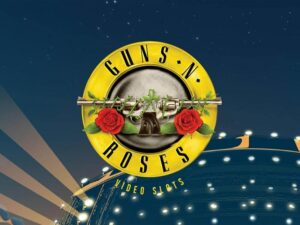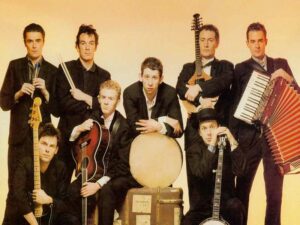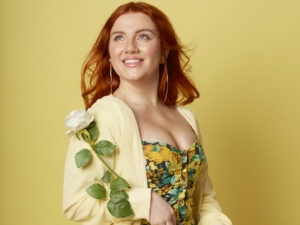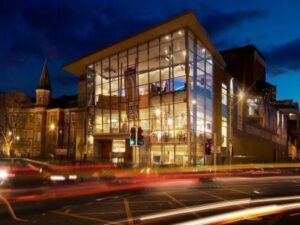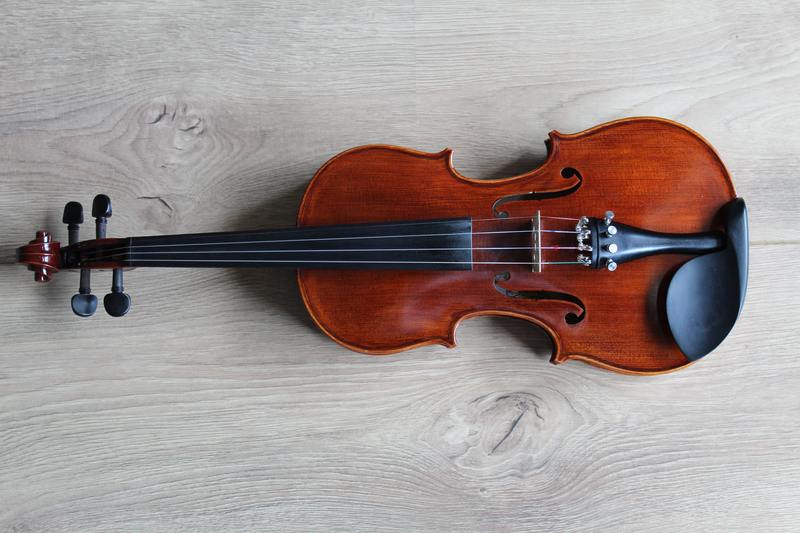
Irish culture is unique on many levels and there are many different aspects to it. The heritage, tradition and music all interwine and evident to this very day.
In previous centuries, traditional Irish music and storytelling were the main sources of entertainment. Particularly when there was no electricity and where only a very small minority of the population was literate. On cold, dark evenings, locals met in their local pub to sit by a fire and listen to stories and music played by local musicians.
Joining a “trad sesh” is a quintessential experience for any visitor to Ireland. This is a session of traditional Irish music in a local pub. It involves the performance of old folk songs on native instruments. It starts with slow and melancholy songs before leading to the energetic, fast paced sort of music more commonly recognised around the world.
Origins of Irish music
The primary inhabitants used very primitive styles of musical instruments such as pipes and horns. They used them as signallers instead of for musical purposes. They used them to warn others of danger or as a means of communication. As the people who played them became more skilled, the instruments themselves changed and evolved.
Similar to other aspects of Irish culture and tradition, the birth of Irish music can be traced back to the arrival of the Celts. After travelling through central Europe they picked up some skills along the way, including the use of musical instruments. One such instrument was the harp. This became the foremost sound in Ireland enjoying popularity from the 10th right up until the 17th centuries. While we don´t fully understand how the Celts used music or expressed themselves through it, we do know it became a very important part of their lives. Anyone proficient with a harp could earn themselves a proper living playing. Harpists were held in similar regard to poets and other artists.
Traditional Musical Instruments
After the arrival of the harp other instruments gained in popularity including:
The Bodhrán
The Bodhrán was a simple handheld drum measuring around 35 – 45cm in diameter with goatskin stretched across it for the drumming surface. A tipper or wooden stick beats the bodhrán. Performers usually play this instrument vertically while resting it on their knee. The player´s free hand is placed on various parts on the inside of the drum to regulate the pitch and timbre.
The Fiddle
The fiddle is the most recognisable instrument of most traditional forms of Irish music. There is no real difference between a fiddle and a violin, only with the type of music it is used for.
The Tin Whistle
A pennywhistle is another simple instrument that actually needs a surprising amount of skill to master. It’s probably the most affordable Irish instrument at a price of around €10 for an entry level one. The instrument is similar to a recorder but thinner in width.
The Uilleann Pipes
The Uilleann Pipes are a well known instrument under a different name, more commonly known as the bagpipes. They are thinner and quieter than Quieter than their Scottish equivilants and have more pipes to play chords.
The Concertina
The concertina originated from England and Germany but is a common sound found in Irish music. It became popular at the start of the 20th century in Irish music thanks to its rich sound.
Harp
The harp is the official instrument of Ireland and appears on coins and government documentation. There are many varieties of the harp but all have multiple strings with a neck and resonator.
Types of Songs
Traditional Irish songs fall into two very general categories; slow ballads and faster dance songs. Both of these have many subcategories.
Sean Nós songs are always sung unaccompanied by a singer in Irish. Passed down from generation to generation they are sung with free rhythm and speed up or down. Sean nos songs are usually about death, famine and oppression, so not party songs!
Dancing songs are much more popular than Sean Nós songs and are generally accompanied by a ceilidh (group of dancers that interchanges partners and directions at various intervals). They are extremely fun to participate in. The three main subcategories being jigs, reels, and hornpipes.
